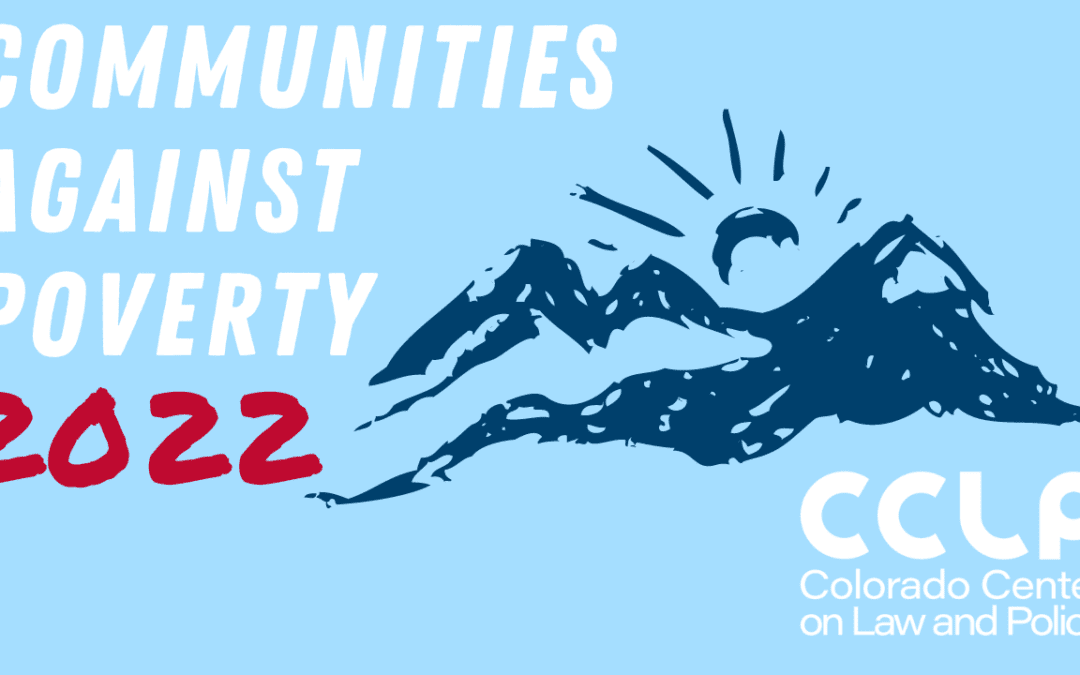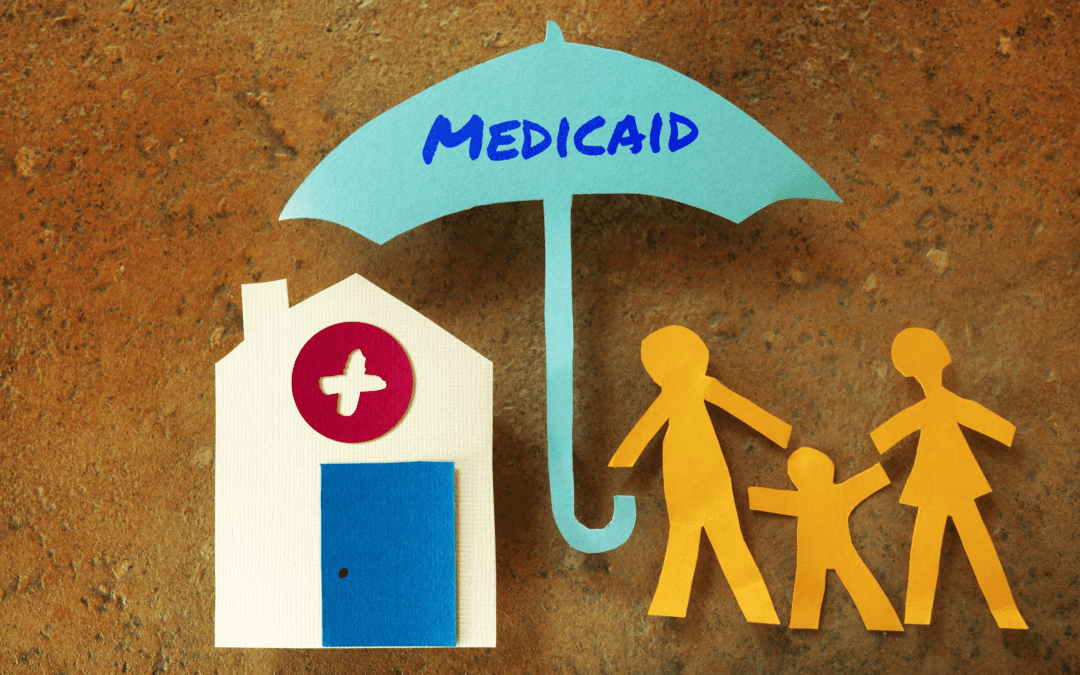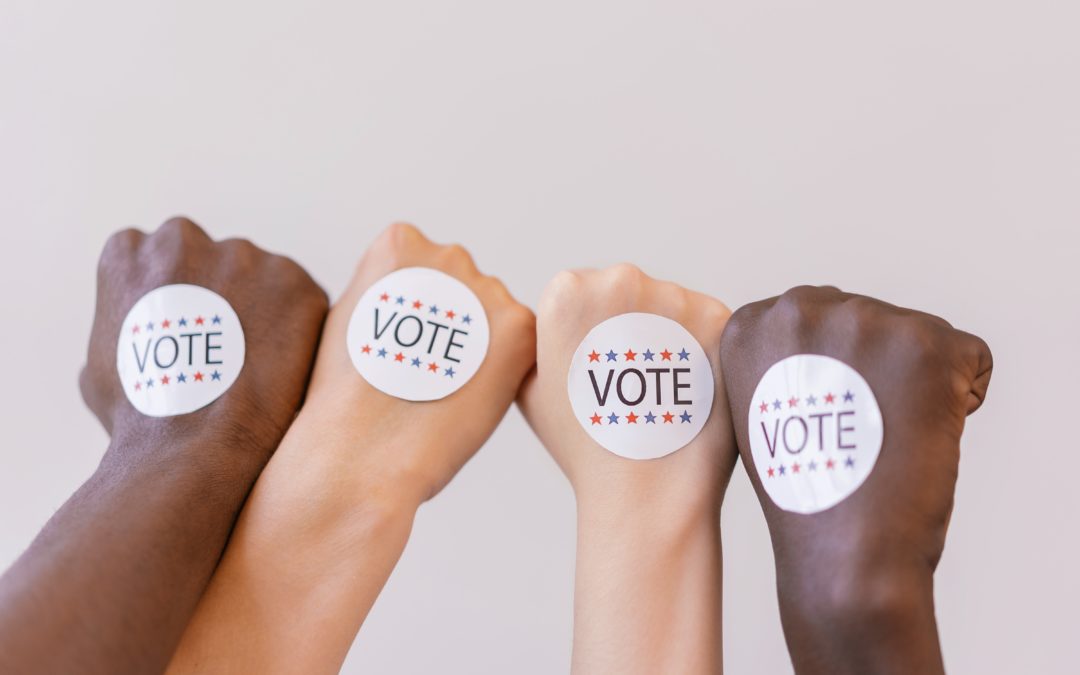Recent articles
NHeLP and CCLP file for expedited review of civil rights violations in Colorado
CCLP’s 26th birthday party recap
Small business displacement and Business Navigators
Facing the facts: Advocates present to the JBC on glitch-plagued PHE Unwind
Recent posts

New Public Charge rule takes effect December 23
Some immigrants who apply for a green card or a visa to enter the United States must pass what’s called a “public charge” test. The test is designed to evaluate whether the person will primarily depend on the government for support in the...

Communities Against Poverty 2022 Recap
On the 1st of December, CCLP hosted our annual Communities Against Poverty celebration, honoring the Champion of Economic Justice & Equity Awards winners for 2022. Those in attendance learned more about the incredible accomplishments...

December Letter from Bethany Pray, Interim Executive Director
We are a nation and a state of great divides. Bridging those divides is not an effort any of us can tackle alone.

Reintroducing the Self-Sufficiency Standard
The latest SSS report calculates the costs of Coloradans' basic needs with much greater accuracy than the federal poverty measure

CCLP Statement on Health and Hospital Corporation v. Talevski
Last term, we watched as the Supreme Court issued rulings that had wide sweeping consequences for individuals across the country. The Court tipped its hat to the second amendment by expanding the ability to carry guns in public while...

November Letter from Bethany Pray, Interim Executive Director
CCLP's Interim Executive Director reflects on the role of community engagement in the full spectrum of anti-poverty advocacy work.

CCLP Opposes Proposition 121: State Income Tax Rate Reduction Grows Inequities
CCLP STRONGLY OPPOSES Proposition 121, which would permanently reduce the state income tax rate for individuals and corporations from 4.55% to 4.40%. This decrease would reduce state revenues by almost $400 million per year. If state...

New Public Charge Rule is a Victory for Immigrant Communities
Some immigrants who apply for a green card or a visa to enter the United States must pass what’s called a “public charge” test. The test is designed to evaluate whether the person will primarily depend on the government for support in the...

Income & Self-Sufficiency Policy Forum Recap, Part 2: Policy ideation, room for improvement and the challenges ahead
How Can We Make Income More Sustainable and Equitable? While there are substantial barriers, Ms. Robert provided our audience with some positives about Colorado. Currently, Colorado ranks 2nd to Nebraska in having a high labor force...

Income & Self-Sufficiency Policy Forum Recap, Part 1: The Self-Sufficiency Standard and barriers to self-sufficiency
At the beginning of September, CCLP hosted its second Policy Forum series event on Income and the Self-Sufficiency Standard in Colorado. We are grateful to those who were able to join us in conversation. Attendees raised important...
